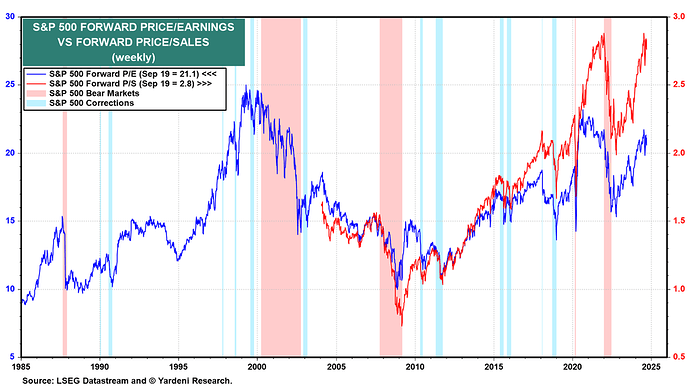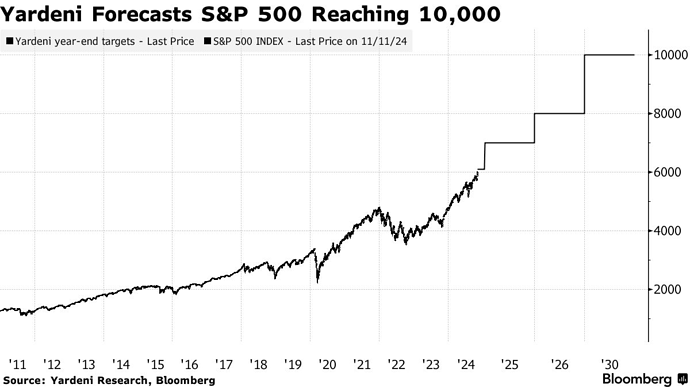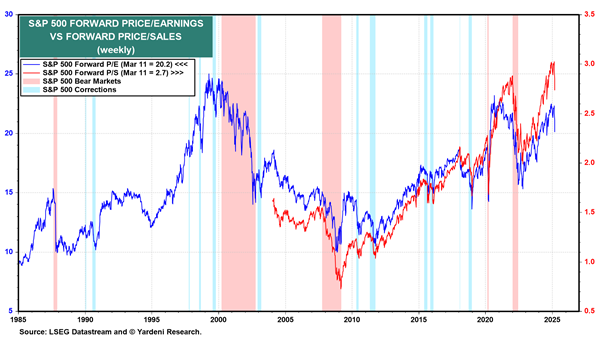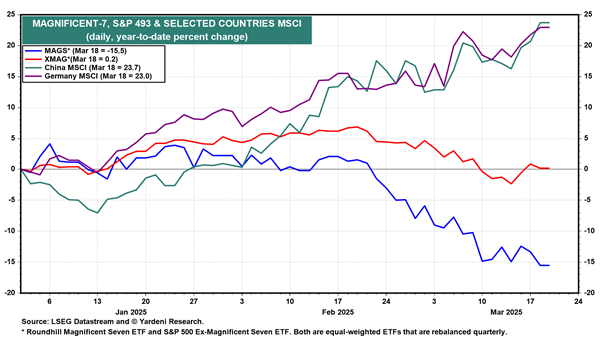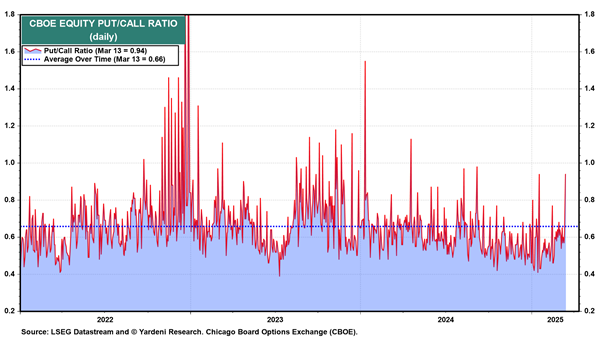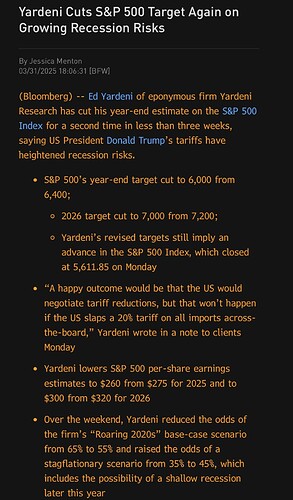Yardeni Research released a super interesting analysis which appears to be very knowledgeable and well done to me on LinkledIn. (It feels to me this is the level we want to eventually reach which includes analysis of correlations & deep knowledge of what is important. For now instead of producing the research ourselves our job is to find great research like this).
In order to preserve it’s content I copy posted it here.
Negative GDP Math Doesn’t Add Up

Edward Yardeni
President of Yardeni Research
This is an excerpt from Yardeni Research Morning Briefing dated Monday, March 3, 2025.
The latest economic indicators aren’t supporting our resilient-economy thesis. Nevertheless, we are sticking with it for now. Consider the following:
(1) Atlanta Fed’s GDP Now & CESI. The Atlanta Fed’s GDPNow tracking model lowered the estimated growth rate of Q1’s real GDP from 2.5% (q/q, saar) to -1.5% on Friday and then further to -2.8% on Monday (Fig. 3). Friday’s downward revision was attributable to a huge increase in imports during January and to a significant drop in consumer spending during the month. Monday’s downward revision was attributable to weak construction data in January and to a drop in the new orders index of February’s M-PMI.
The Citigroup Economic Surprise Index (CESI) has turned negative over the past few days and was -16.5 on Friday (Fig. 4).
(2) Purchasing managers surveys. Monday’s M-PMI report for February was weaker than expected at 50.3, down from 50.9 in January (Fig. 5). Those were the first back-to-back readings above 50.0 since late 2022. However, the new orders index (48.6) and employment index (47.6) were both below 50.0 last month.
We’ve previously observed that the correlation between the M-PMI and the quarterly growth rate in real GDP of goods isn’t very high, especially of late (Fig. 6). While the former has been mostly below 50.0 since late 2022, the latter has been mostly positive.
The same can be said about the correlation between the NM-PMI and the quarterly growth rate of real GDP of services (Fig. 7). Neither the M-PMI nor the NM-PMI is particularly useful for assessing the current growth rates of goods and services in real GDP when the economy is expanding. They are more useful for that purpose when they fall significantly below 50.0, signaling a recession.
February’s NM-PMI will be released on Wednesday. Stock investors were spooked on February 21 when the S&P Global “flash” estimate showed a sharp drop to 49.7 from 52.9 in January (Fig. 8). We don’t expect a similar drop in Wednesday’s report from the Institute of Supply Management.
In any event, the Atlanta Fed and the financial markets may be giving both the M-PMI and NM-PMI more weight than they deserve. Nevertheless, we will continue to track the regional business surveys conducted by five of the 12 Federal Reserve district banks for insights into the national M-PMI (Fig. 9). The former misleadingly indicated a stronger national M-PMI in February.
We will also be monitoring the prices-paid and prices-received indexes in the regional and national business surveys. February’s M-PMI prices-paid index jumped to 62.4, the highest reading since June 2022 (Fig. 10). The bond yield fell as investors focused more on the “stag” than the “flation” in the stagflation scenario that’s been gaining credibility.
(3) Construction. Following the release of Monday’s construction report for January, the GDPNow model slashed the residential construction component of Q1 real GDP from 1.4% to -4.9% y/y and lowered the nonresidential structures component from -2.0 to -2.5% y/y (Fig. 11). January’s actual m/m changes in these two categories were -0.4% and 0.1%.
(4) Imports. Following the release of the advance report for January’s merchandise trade data, imports growth in Q1’s real GDP was boosted from 5.4% to 29.7% y/y (Fig. 12). That remarkable jump was attributable to importers front-running Trump 2.0 tariffs.
Real GDP is basically a measure of domestic production that is calculated by adding up the sources of domestic demand and adding exports (which are not included in domestic demand, but boost domestic production), while subtracting imports (which need to be subtracted from domestic demand to calculate domestic output). So soaring imports depressed GDPNow’s real GDP growth estimate for this quarter significantly. Some of that surge was attributable to imports of gold.
Imports are likely to have fallen in February and to fall again in March, which would boost Q1’s real GDP in the GDPNow tracking model.
(5) Personal income, consumption & saving. Personal income jumped 0.9% m/m during January (Fig. 13). Total wages and salaries rose only 0.4% m/m. Total personal income was boosted by a 1.8% increase in government social benefits and a 1.2% increase in nonlabor income (from dividends, interest, rents, and proprietorships).
Despite the jump in income, personal consumption fell 0.2% m/m, resulting in a 32% increase in personal saving. The personal saving rate jumped from 3.5% during December to 4.6% during January (Fig. 14). We attribute the weakness in January’s consumption to inclement weather. It was the coldest January since 1988. In addition, December’s m/m rate in consumer spending was revised up from 0.7% to 0.8%.
In the GDPNow tracking model, Q1 real consumption growth was lowered from 2.2% to 1.3% y/y after the release of the personal income report on Friday. It was lowered again to 0.0% on Monday. We aren’t sure why, so we submitted an inquiry.
In any event, we are reasonably sure that consumer spending will rebound in February and March.
(6) Q1’s GDP. Our bottom line is that we expect to see real GDP increase during Q1 between 1.5% and 2.5%. We are betting on the economy’s resilience. We are keeping the stagflation scenario in our what-could-go-wrong bucket with a 20% subjective probability.

